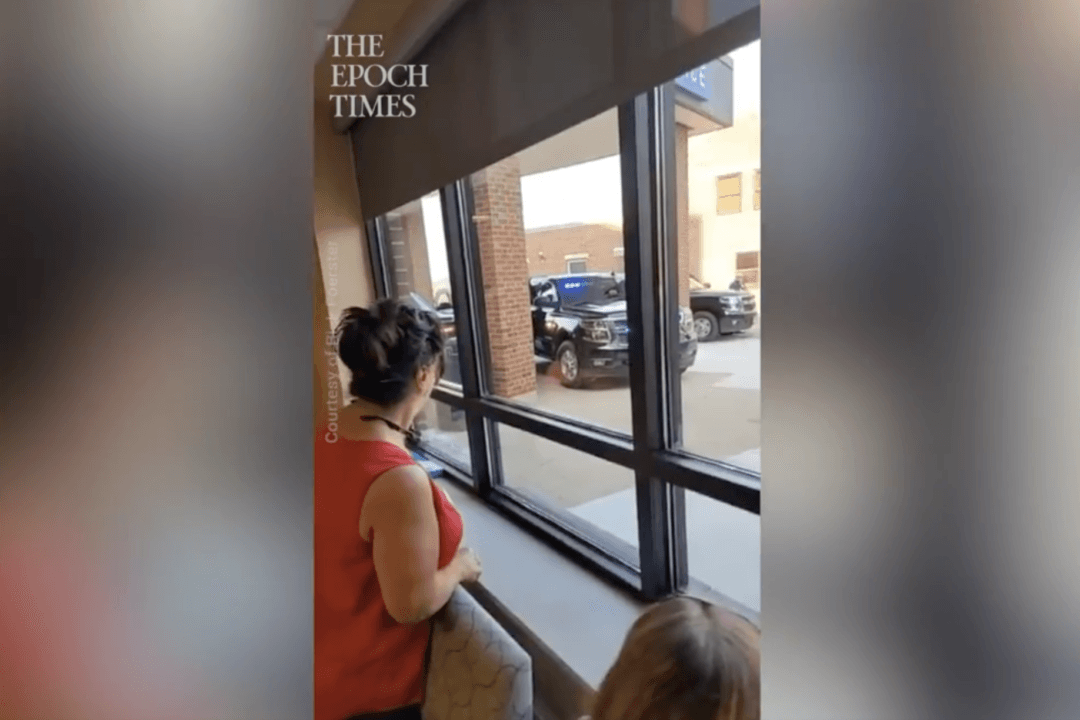News Analysis
When nurses have too many patients to care for, medications are given hours late, and patients must wait for basic needs like bathing, toileting, eating, and drinking to be met. Those who can’t hold their own cups must wait for a few sips of water and are sometimes found with visibly dry lips.





